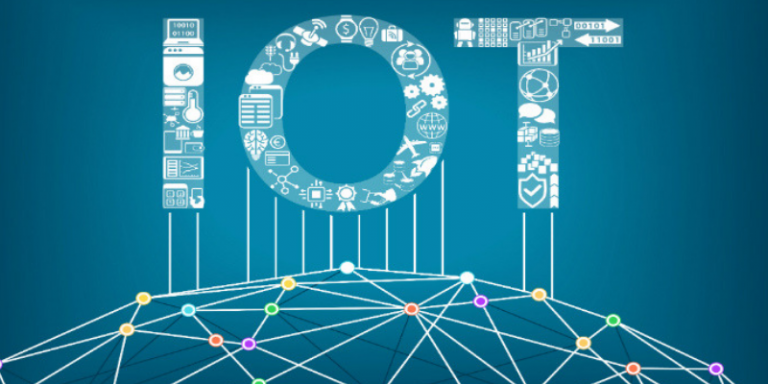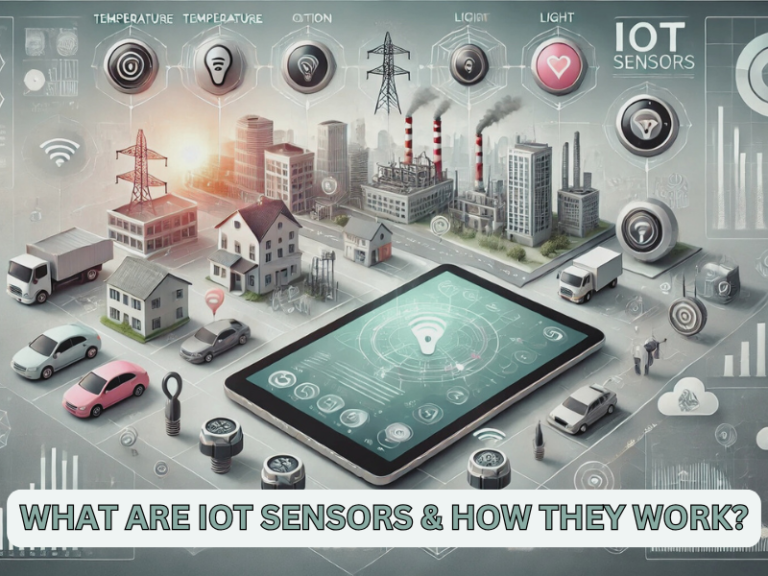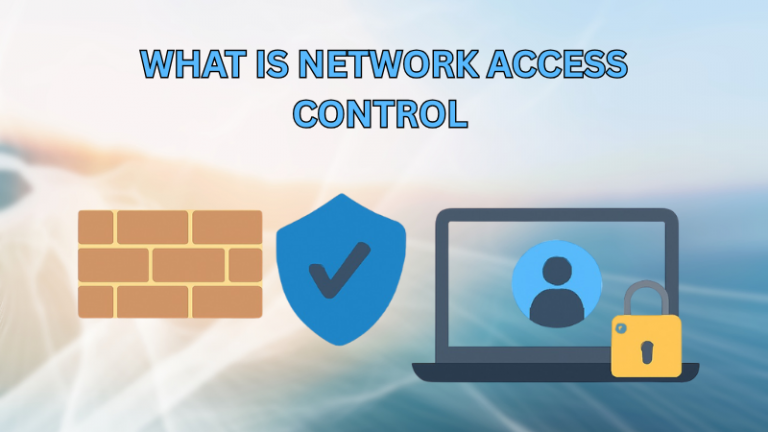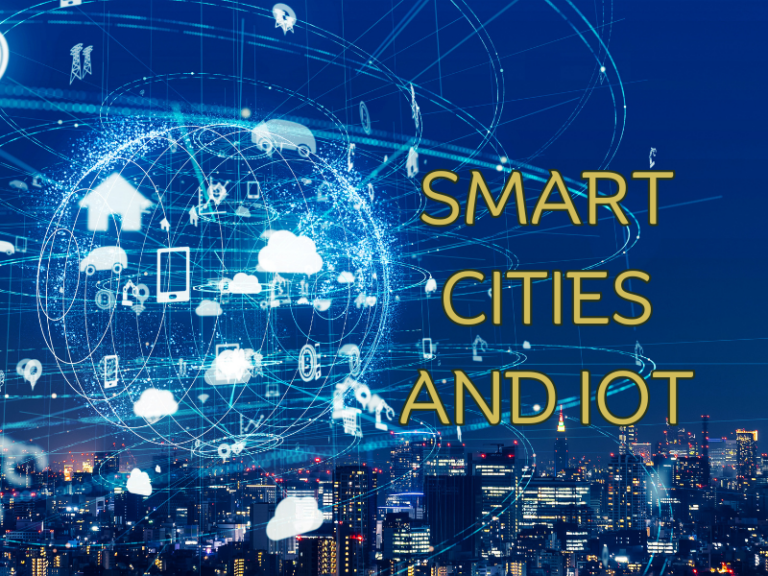What is the Difference Between IIoT and IoT?
In today’s world, we often hear about IoT (Internet of Things) and IIoT (Industrial Internet of Things). These terms describe how devices connect to the internet and communicate with each other. Although they sound similar, they serve different purposes.
In this article, we’ll explore what is IoT, what is IIoT, what sets them apart, look at examples of how they’re used, and understand what is the difference between IIot and IoT.
What Is IoT?
The Internet of Things (IoT) refers to the interconnected network of everyday objects that can communicate with each other through the internet. You can read more about IoT benefits.
These objects, often referred to as “smart” devices, can range from household appliances like refrigerators and coffee makers to wearable devices like smartwatches and fitness trackers.
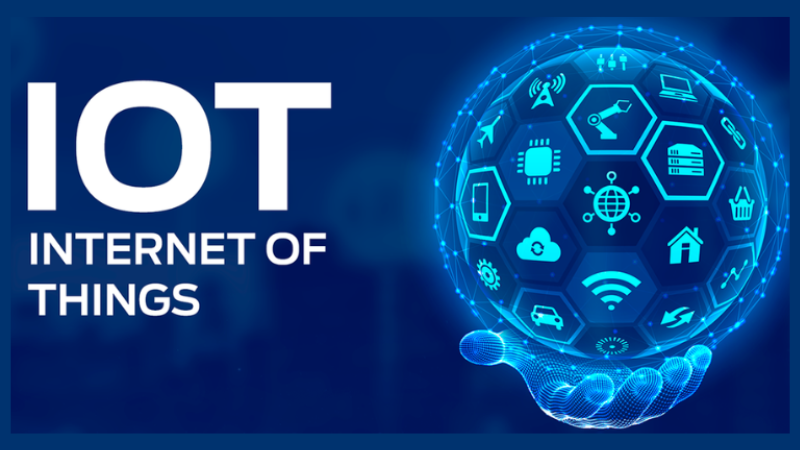
IoT devices collect and exchange data, allowing them to perform various functions, automate tasks, and provide valuable insights to users. The primary goal of IoT is to improve convenience, efficiency, and productivity in both personal and professional settings.
Examples of IoT Applications
Smart home devices
These include smart thermostats ,for example Nest, which learn your habits to adjust the temperature automatically, and smart light bulbs that you can control remotely using your smartphone.
Voice-activated assistants
For example, Amazon Alexa and Google Home allow users to control various IoT devices in their homes using voice commands. They can play music, set reminders, and even order groceries online.
Wearable health and fitness trackers
Products such as Fitbit and the Apple Watch monitor your heart rate, track your steps, and analyze your sleep patterns. They provide valuable insights into your health and fitness levels, helping you make informed lifestyle choices.
Home security systems
IoT-enabled security cameras and alarm systems offer remote monitoring and alerts. Users can receive notifications on their smartphones when motion is detected or when someone enters their property.
Connected kitchen appliances
From smart refrigerators that can create shopping lists based on their contents to coffee makers that start brewing as soon as you wake up, IoT is transforming the way we interact with kitchen appliances.
GPS-enabled pet trackers
These devices allow pet owners to monitor the location of their pets in real-time using a smartphone app. They provide peace of mind by ensuring that pets can be quickly located if they wander off.
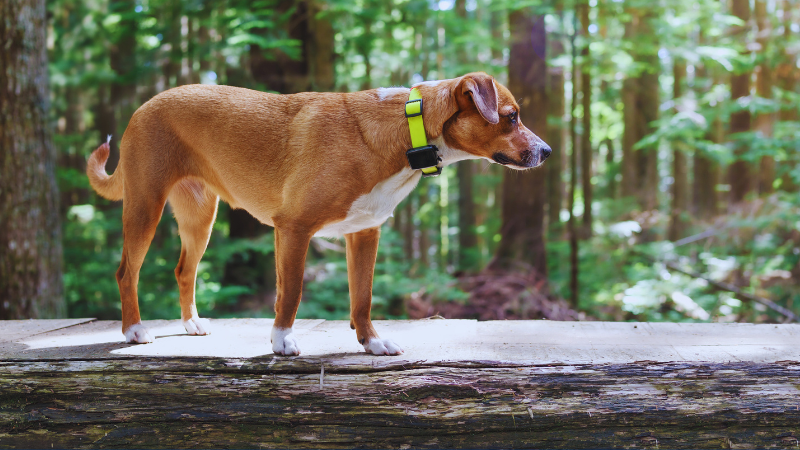
Connected cars
Modern vehicles are equipped with IoT technology that enables features such as remote start, GPS navigation, and vehicle diagnostics.
Drivers can use smartphone apps to lock or unlock their cars, locate them in a parking lot, and even start the engine remotely.
Smart energy management systems
IoT devices like smart meters and energy monitoring plugs help homeowners track their electricity usage in real-time.
They can identify energy-hungry appliances and suggest ways to reduce energy consumption and save money.
IoT-enabled healthcare devices
From blood pressure monitors to glucose meters, IoT devices are revolutionizing healthcare by allowing patients to monitor their vital signs at home.
Data collected by these devices can be shared with healthcare providers for remote monitoring and diagnosis.
What Is IIoT?
The Industrial Internet of Things (IIoT) extends the concept of IoT to industrial applications, focusing on connecting machinery, equipment, and processes within sectors such as manufacturing, energy, agriculture, and transportation.
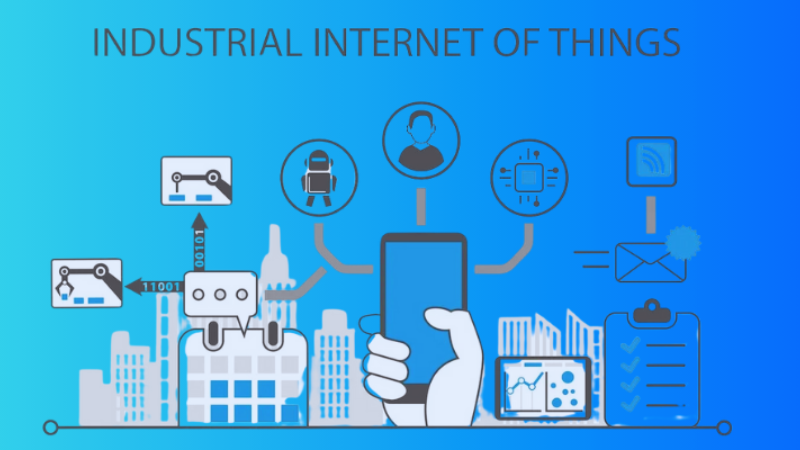
IIoT leverages advanced sensors, actuators, and automation technologies to optimize industrial operations, improve asset management, and improve overall efficiency and safety.
Examples of IIoT Applications:
Smart factories
IIoT technology allows manufacturing equipment to communicate with each other and with central control systems. This enables factories to automate processes, optimize production schedules, and minimize downtime.
Predictive maintenance systems
By analyzing data from sensors installed on industrial equipment, IIoT systems can predict when machinery is likely to fail and schedule maintenance proactively. This reduces unplanned downtime and extends the lifespan of critical assets.
Industrial robots
IIoT-enabled robots equipped with sensors and cameras can perform tasks with precision and efficiency. They are used in various industries, including automotive manufacturing, electronics assembly, and logistics.
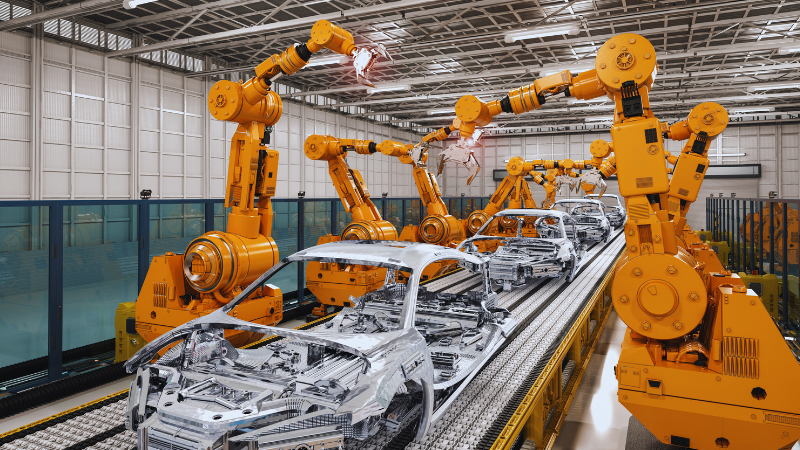
Energy production and distribution
IIoT sensors monitor the performance of power plants and transmission lines in real-time. This allows operators to detect faults quickly, optimize energy production, and ensure the reliability of the electrical grid.
Precision agriculture
IIoT solutions help farmers optimize crop production by monitoring soil moisture levels, weather conditions, and crop health.
Automated irrigation systems and drones equipped with sensors and cameras enable precise management of water and nutrients.
Asset tracking and management
IIoT technology allows companies to track the location and condition of their assets, such as vehicles, machinery, and inventory. This improves logistics and supply chain efficiency and reduces the risk of theft or loss.
Condition monitoring
IIoT sensors continuously monitor the health of industrial equipment, such as pumps, motors, and turbines.
They detect anomalies in performance or vibration patterns, allowing maintenance teams to intervene before a breakdown occurs.
Industrial drones
Drones equipped with cameras and sensors are used for inspecting infrastructure, conducting surveillance, and monitoring environmental conditions in industrial environments.
They provide a cost-effective and efficient way to gather data in hard-to-reach areas.
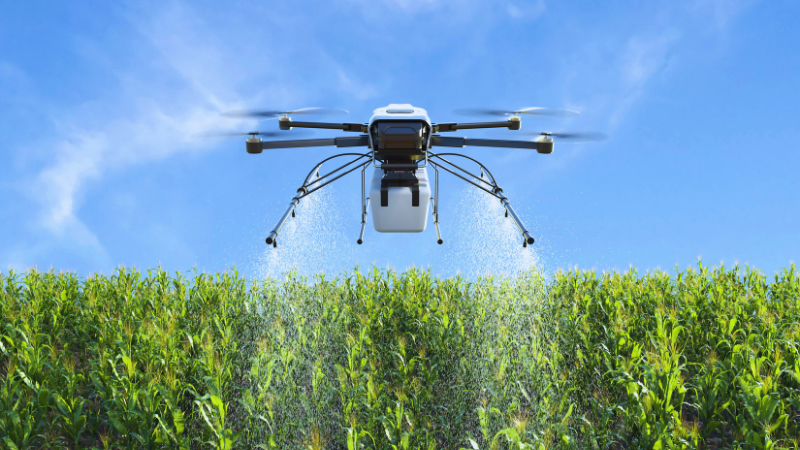
Fleet management systems
IIoT solutions help companies optimize the use of their vehicles by tracking their location, fuel consumption, and maintenance schedules.
This improves route planning, reduces fuel costs, and extends the lifespan of the fleet.
Safety and security systems
IIoT technology enables real-time monitoring and control of industrial environments to ensure the safety of workers and assets. This includes systems for detecting and mitigating hazards such as fires, leaks, and intrusions.
Difference Between IIoT and IoT
Purpose
IoT focuses on providing consumer convenience, while IIoT aims to optimize industrial processes and operations.
Scale
IoT devices are typically deployed on a smaller scale in homes and personal devices, whereas IIoT involves large-scale deployments across industrial facilities and infrastructure.
Data
While both IoT and IIoT generate vast amounts of data, IIoT deals with more complex and critical data related to industrial processes and machinery.
Reliability
IIoT systems require higher levels of reliability and uptime to ensure continuous operation and prevent disruptions in industrial environments.
Security
IIoT places greater emphasis on cybersecurity due to the potential impact of cyber-attacks on critical infrastructure and industrial processes.
IoT vs IIoT: How to Choose
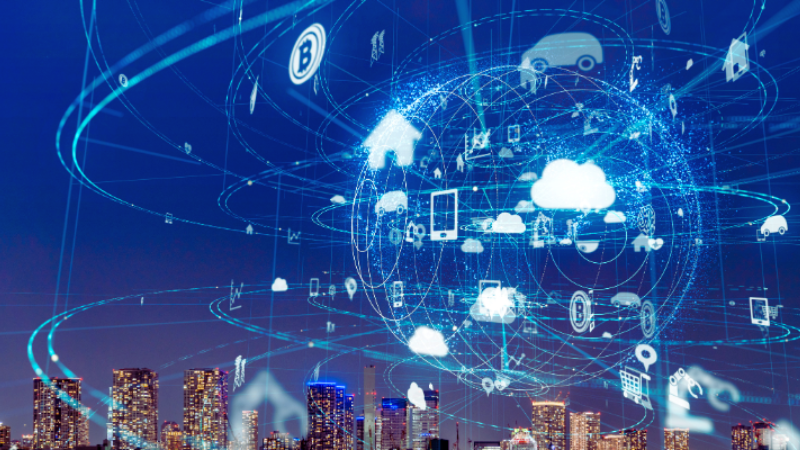
When deciding IoT vs IIoT solutions, it’s important to consider the specific requirements and objectives of your application. If you’re looking to improve personal convenience or improve efficiency in non-industrial settings, IoT may be the preferred choice.
However, if you operate in industries such as manufacturing, energy, or agriculture and seek to optimize production processes, increase asset utilization, and improve overall operational efficiency, IIoT offers tailored solutions designed to meet the unique challenges of industrial environments.
Conclusion
In conclusion, there are differences between IoT and IoT, and they offer different benefits.
IoT improves daily life by connecting everyday objects, while IIoT boosts industry efficiency.
Understanding these differences helps individuals and businesses use them effectively to improve convenience and productivity.
F.A.Q
What is IoT, and how does it work❓
IoT, or Internet of Things, refers to the network of interconnected devices that can communicate and share data over the internet. These devices, equipped with sensors and actuators, collect information and interact with their environment, enabling automation and remote control.
What are some examples of IoT devices❓
Examples of IoT devices include smart thermostats, wearable fitness trackers, home security cameras, connected cars, and smart appliances like refrigerators and light bulbs.
What is IIoT, and how does it differ from IoT❓
IIoT, or Industrial Internet of Things, extends the concept of IoT to industrial settings. It involves connecting machinery, equipment, and processes in sectors such as manufacturing, energy, and agriculture to optimize operations and increase efficiency.
How does IIoT improve industrial processes❓
IIoT improves industrial processes by providing real-time data monitoring, predictive maintenance capabilities, provided asset management, and increased automation, leading to improved productivity and reduced downtime.
What are some examples of IIoT applications❓
IIoT applications include smart factories with interconnected machinery, predictive maintenance systems for detecting equipment failures, precision agriculture solutions for monitoring crop health, and energy production systems with real-time monitoring capabilities.
What are the key differences between IoT and IIoT❓
IoT focuses on consumer convenience and personal applications, while IIoT targets industrial efficiency and optimization. Additionally, IIoT deals with larger-scale deployments, more complex data, and higher reliability and security requirements compared to IoT.
How secure are IoT and IIoT devices❓
Security is super important for both IoT and IIoT gadgets. Even though companies try hard to make them safe, there can still be problems. So, it’s really important for people to keep their gadgets updated, use strong passwords, and add extra security measures like encryption and splitting up networks.
